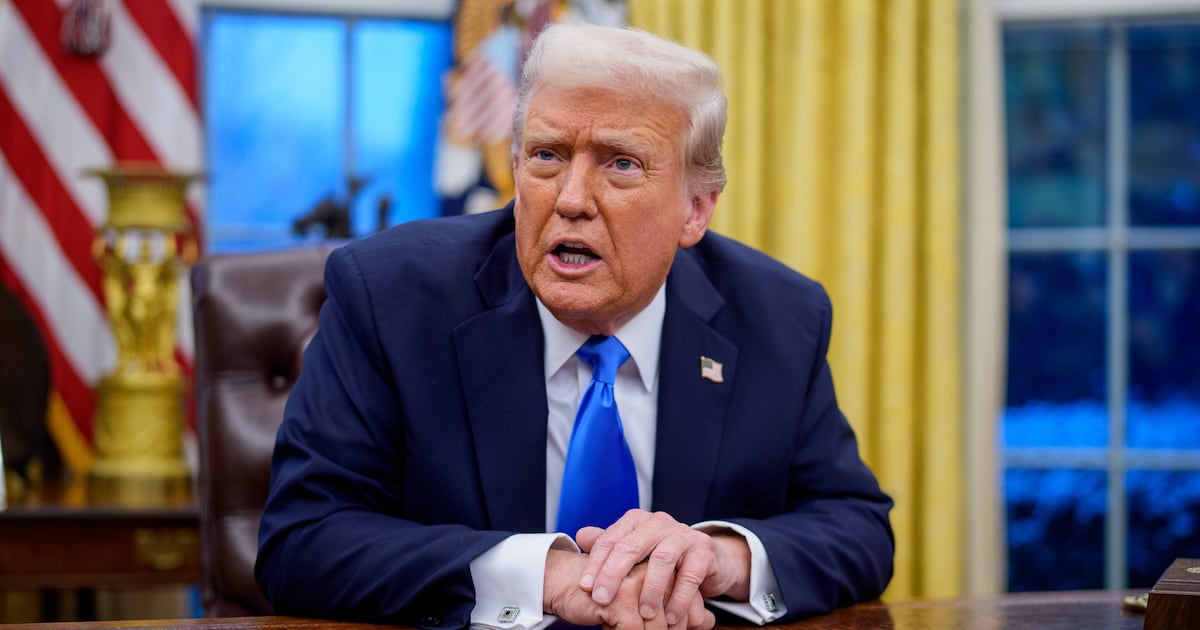Just before the American ground war in Vietnam began in March 1965 with the landing of a brigade of US Marines at Danang, General Vo Nguyen Giap, who had been commander in chief of Communist armed forces in Vietnam since 1944, told a television interviewer that “Things are going badly for the enemy, because the South Vietnamese soldiers do not want to fight for the Americans. But we are in no hurry. The longer we wait, the greater will be the Americans’ defeat.”

It was not the first time Communist Vietnam’s senior military strategist spoke with such insouciant prescience about an adversary who possessed the most powerful military force in the world. Nor would it be the last. Giap, a self-trained soldier from a small village in Quang Binh Province, central Vietnam, had already trounced Vietnam’s colonial masters, the French, after eight years of war (1946-1954).
He had begun fighting against the fabled Foreign Legion and the regular French army with a force of a few thousand partially trained guerrillas. Wisely, he stuck to sabotage and small-unit ambush tactics for the first four years of the war, all the while building up a formidable force of six regular divisions in the rugged, remote mountains of northern Vietnam, the Viet Bac. Patience—patience, and timing, were among Giap’s great gifts as a commander.
The war against France culminated in a spectacular Communist victory over 15,000 French troops in the remote valley fortress of Dien Bien Phu. Henri Navarre, the French commander, hoped to lure Giap into a set-piece battle there, in which France’s vastly superior firepower could be brought to bear and destroy the better part of Giap’s People’s Army.
To the astonishment of French intelligence, Giap’s men dragged 150 heavy artillery pieces into the mountains rimming the valley with oxen and block and tackles. The big guns, some captured American howitzers from Korea, blew the French base to pieces while People’s Army infantrymen gradually punched in the perimeter until further resistance was hopeless.
Once the Americans arrived in strength in 1965 after nine years of quasi-war, nothing they did—not the massive expansion of ground operations against the Vietcong insurgency, the steady escalation of the bombing of North Vietnam, or invasions of both Cambodia and Laos designed to destroy the People’s Army’s sanctuaries—seemed to shake Giap’s infectious confidence in his army’s and his people’s ability to force the Americans to come to their senses and leave Vietnam to the Vietnamese.
Giap, who died October 4th at the age of 102, outlived by many years all the French and American commanders with whom he fought for so long. A slight, small man with a high forehead, darting eyes and an air of sharp intelligence, he had been among his nation’s most brilliant students, winning a coveted scholarship to study at the University of Hanoi.
He joined the Communist Party in the late 1930s, working as a covert agent and underground journalist by night, and high school teacher by day to pay the bills—and lure promising students into the Communist fold. With Ho and Pham Van Dong he laid the foundations for the Vietminh front organization that so deftly marginalized its competitors and came to be seen as the only legitimate voice for Vietnamese independence by millions of peasants.
The avuncular ascetic Ho Chi Minh was, of course, the spiritual father and living symbol of Vietnamese independence from the 1940s through the 1960s, but it was Giap who bore primary responsibility for meshing Communist organizational and propaganda techniques with the explosive yearnings of a colonized people for independence. And after the French war, it fell to Giap to expand and modernize the army to withstand the American onslaught and to plan its major campaigns.
Despite his amazing career as commander and political mobilizer-propagandist, Giap’s reputation in Western military circles is by no means a sterling one. He has been widely characterized as a callous butcher, indiscriminate with the lives of his own men, and as a ruthless fanatic who in engagement after engagement, refused to quit the field of battle long after all chance of any real gain had vanished. During both the French and the American wars, his counterparts often called him a mediocre amateur.
I expect there are a number of reasons why Giap’s reputation has languished for so long despite the enormity of his accomplishments. Sour grapes is the most obvious. Virtually all American military historians prefer to locate the defeat of the United States in the inadequacies of its own strategies and tactics, giving only passing recognition to the effectiveness and resourcefulness of the enemy’s.
True, too, Giap did not possess the dazzling operational and tactical success of MacArthur at Inchon, or Rommel in North Africa, the stuff that passes for strategic brilliance in the West. Giap lost virtually every big unit engagement against the Americans, just as Washington lost most of his battles against the British Army. But as US General Creighton Abrams, the last US commander who fought against Giap once remarked, the big battles didn’t mean very much in broad scheme of things in the war in Vietnam. Giap’s keen awareness of this fact from the very outset gave him an enormous advantage in charting the war against the United States
For my part, I think a good case can be made that Giap not so much outfought as outthought the Americans. The PAVN’s commander in chief had an abiding conviction that while the military capabilities of the Americans were far superior to his own, their assessments of the nature of the conflict and what was required to prevail were precisely the opposite. He thought the Americans’ Achilles heel was wishful thinking, and he meant to exploit it.
Moreover, American fighting methods were counterproductive. American weapons, troops, and largesse could never bestow legitimacy on a corrupt and incompetent Saigon regime. And US firepower was so destructive that it killed hundreds of thousands of the civilians it was meant to “save” from the horrors of Communism.
The success of General William Westmoreland’s strategy of attrition hinged on the ability of American forces to destroy Giap’s regular army units in such staggering numbers that they could not be replaced fast enough to keep the war effort going. The Americans and South Vietnamese killed staggering numbers of Communist troops—1.1 million between 1954 and 1975—but it wasn’t even close to enough. Giap could always regulate the intensity of combat and therefore his casualty rate by withdrawing his main forces into sanctuaries and leaving the fighting to local guerrillas.
Besides, Giap’s resourceful engineers and construction crews were able to frustrate the US Air Force and Navy’s efforts to cut off the Ho Chi Minh Trail that fed the battlefields in South Vietnam. The flow of materiel and North Vietnamese soldiers down the Trail increased steadily during the entire period of American escalation. The Americans came to see these fundamental flaws in their strategy, but it took the Tet offensive of January 1968, and the gruesome images of close combat in the Battle of Hue flickering in American living rooms, for the light to dawn.
Broadly speaking, Giap saw with far greater clarity than his adversaries that the balance of forces at play in the American conflict—political, military, and moral—could be altered by ideas and passions far from the battlefield. He was acutely conscious of the way domestic politics in the United States could be manipulated to drive a wedge between the people and the government that claimed to act in their name. By protracting the conflict against the United States and portraying US war policies as needlessly destructive and unjust through the Revolution’s vast propaganda programs, Giap believed he could sap the will the Americans to a point where military victory would be impossible.
He was entirely correct.
Vo Nguyen Giap’s name is forever associated with guerrilla warfare, which he used extensively and to good effect, but Giap was something considerably more significant than a successful “guerrilla war general.” He was a the master practitioner and theorizer of protracted war, a kind of struggle that offers considerable advantages to insurgencies, or disgruntled ethnic or religious groups who hope to prevail against an established state, and where political power is more telling than military power.
Protracted war always involves guerrilla operations, but at least as far as Giap was concerned in Vietnam, their primary purpose was to disrupt the functioning of the Saigon government, and to support the efforts of highly trained political “cadres” to establish a clandestine “political infrastructure” under the control over the Communist-led insurgency. Winning over hearts and minds was far more important that winning fire fights.
But guerrilla operations would never be enough to gain complete victory in Vietnam. Giap always envisioned that conventional military operations by regular forces of varying sizes and types would ultimately be necessary to achieve victory in Vietnam, and indeed, this proved to be the case in the wars against both the French and the Americans.
The hallmarks of Senior General Giap’s way of war, in the end, were strategic flexibility, careful preparation, audacity, and a rare gift for seeing a conflict as it was, not as he wished it to be. The diminutive history teacher turned soldier once said he learned his trade in the bush. In thirty years, he learned well—well enough to provide his adversaries with a very costly education in warfare simply by doing what worked.






